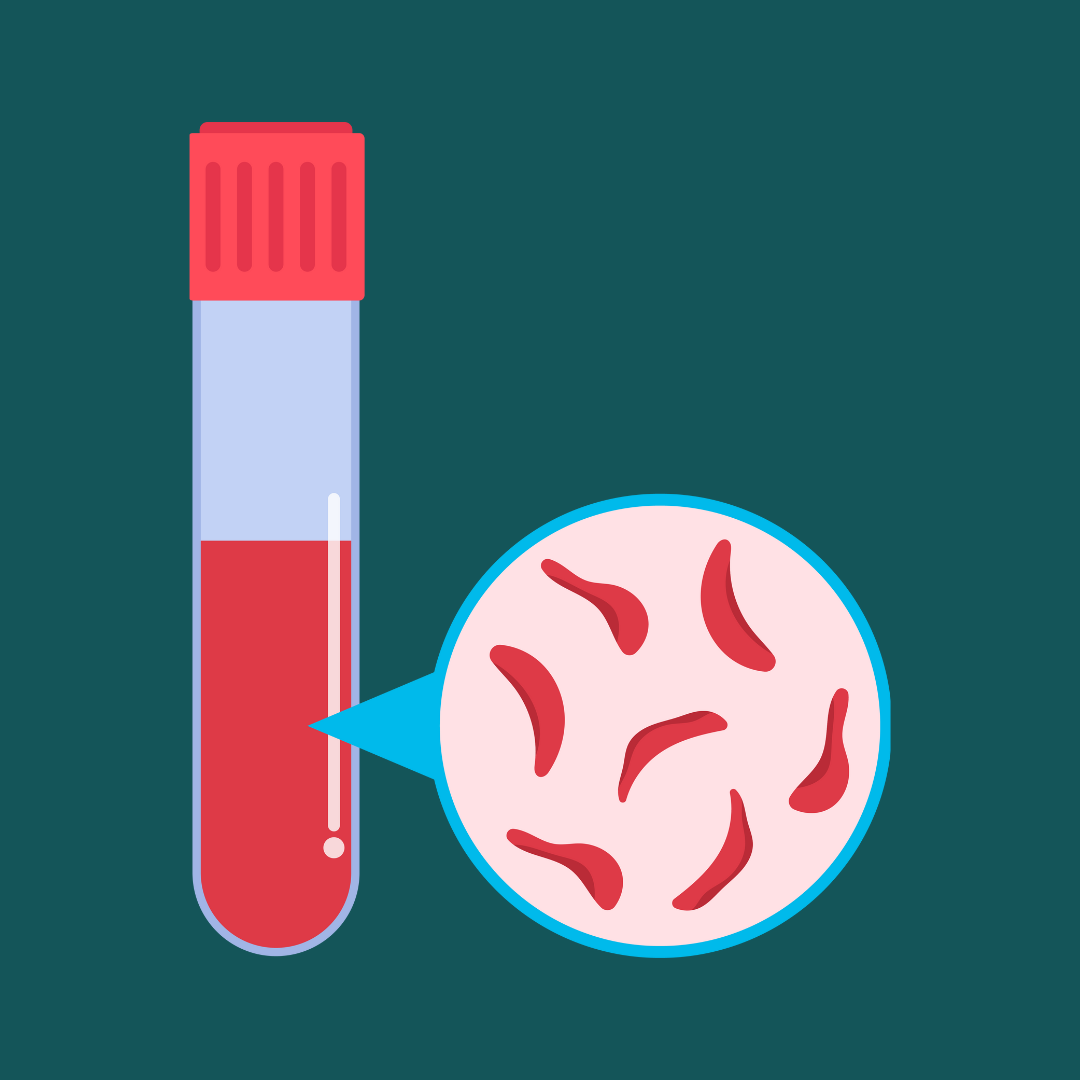The ethical dilemma of gene editing: Our reporter took your questions
By Carolyn Y. Johnson,
The Washington Post [cites CGS’ Pete Shanks ]
| 12. 08. 2023
The first medicine based on gene editing, a one-time therapy for sickle cell disease, was just approved in the United States. It’s a big moment for patients with sickle cell disease and for the technology called CRISPR, which powers the therapy.
I am Carolyn Johnson, a science reporter at The Washington Post, and I’ve been following the speedy trajectory of CRISPR from a scientific breakthrough in 2012 to a medicine that can alleviate human suffering 11 years later. On Tuesday, I answered your questions about the potential of this technology to transform medicine — and the challenges associated with it.
First, a quick primer: CRISPR is often compared to a pair of “molecular scissors” that can make targeted cuts in DNA, giving scientists the ability to easily and precisely alter the genome. Scientists often hear from families afflicted by genetic diseases hoping that this technology will help save their loved ones. It has also spurred controversies — including battles over who invented CRISPR and the fear that it will be used to create “designer babies.”
Here...
Related Articles
Following a long-standing CGS tradition, we present a selection of our favorite Biopolitical Times posts of the past year.
In 2025, we published up to four posts every month, written by 12 authors (staff, consultants and allies), some in collaboration and one simply credited to CGS.
These titles are presented in chronological order, except for three In Memoriam notices, which follow. Many more posts that are worth your time can be found in the archive. Scroll down and “VIEW...
By Jonathan Matthews, GMWatch | 12.11.2025
In our first article in this series, we investigated the dark PR tactics that have accompanied Colossal Bioscience’s de-extinction disinformation campaign, in which transgenic cloned grey wolves have been showcased to the world as resurrected dire wolves – a...
By Jenny Lange, BioNews | 12.01.2025
A UK toddler with a rare genetic condition was the first person to receive a new gene therapy that appears to halt disease progression.
Oliver, now three years old, has Hunter syndrome, an inherited genetic disorder that leads to physical...
By Simar Bajaj, The New York Times | 11.27.2025
A common cold was enough to kill Cora Oakley.
Born in Morristown, N.J., with virtually no immune system, Cora was diagnosed with severe combined immunodeficiency, a rare genetic condition that leaves the body without key white blood cells.
It’s better...




